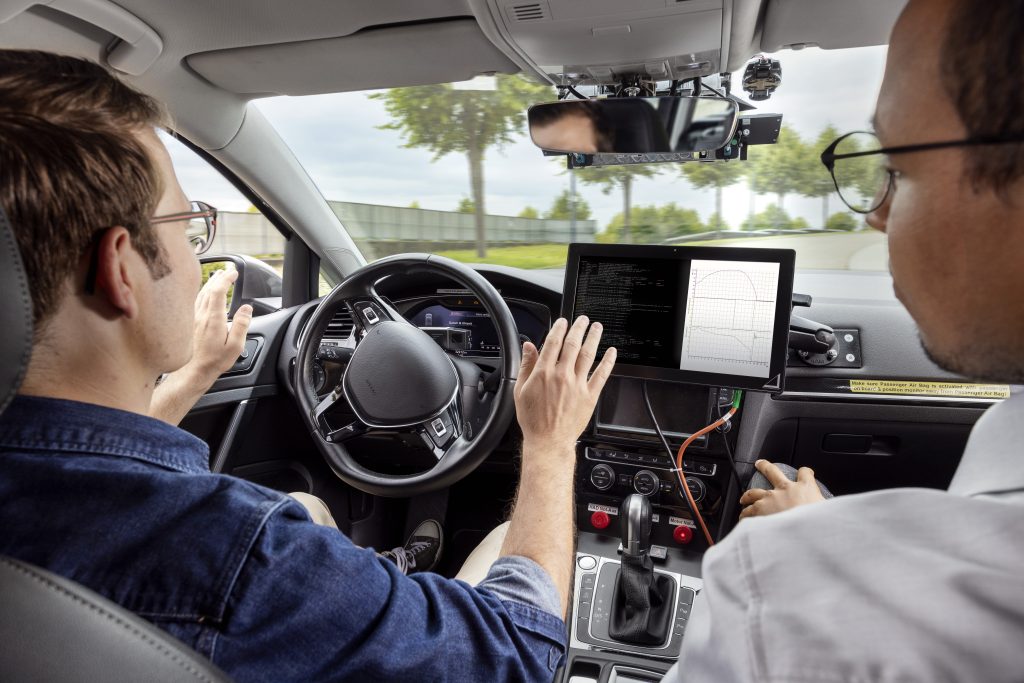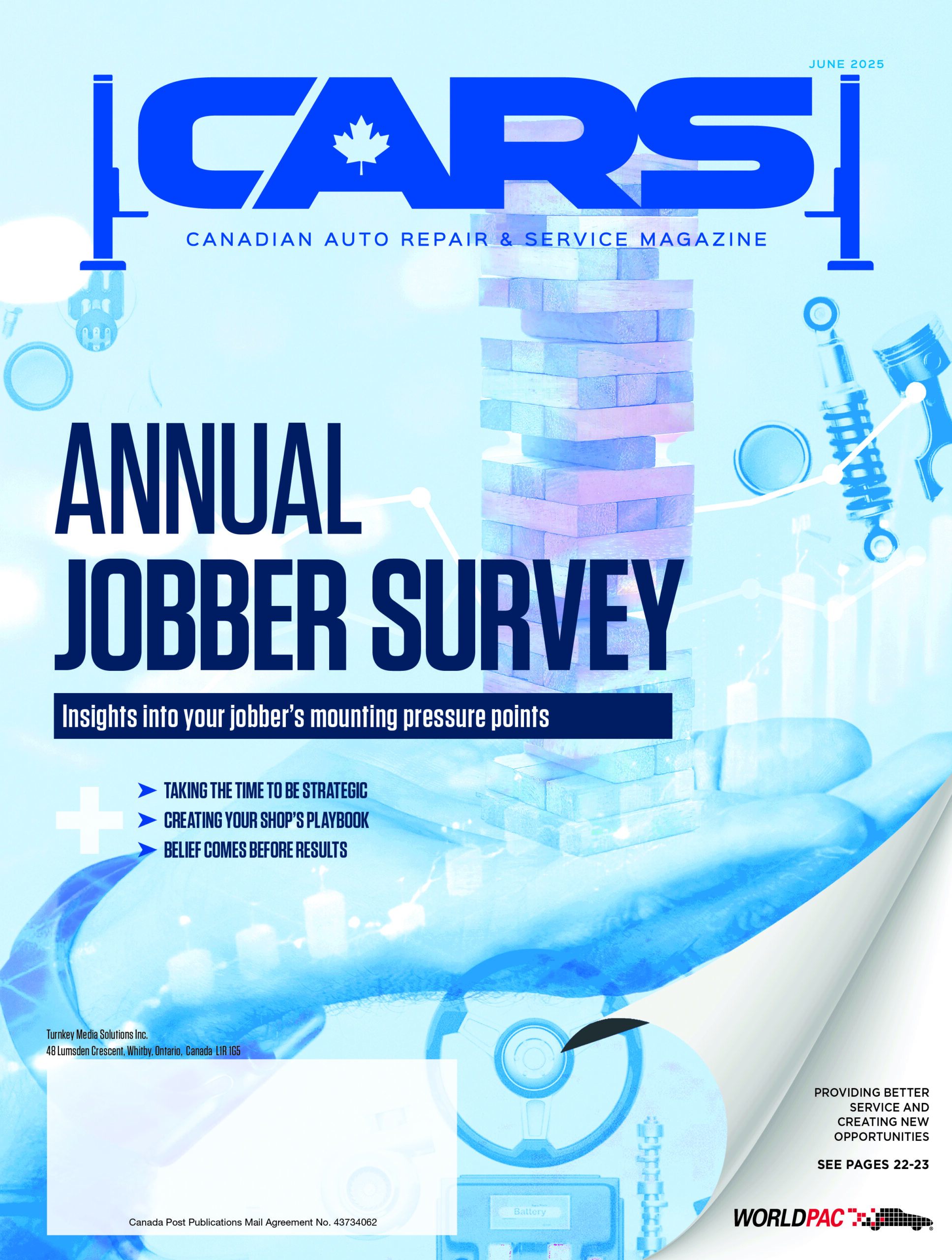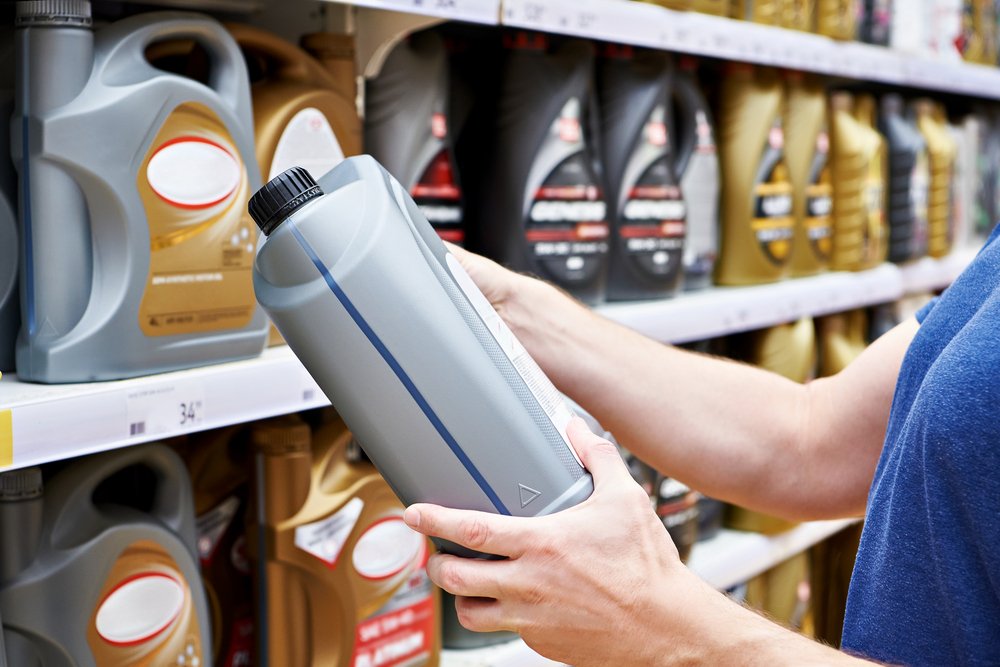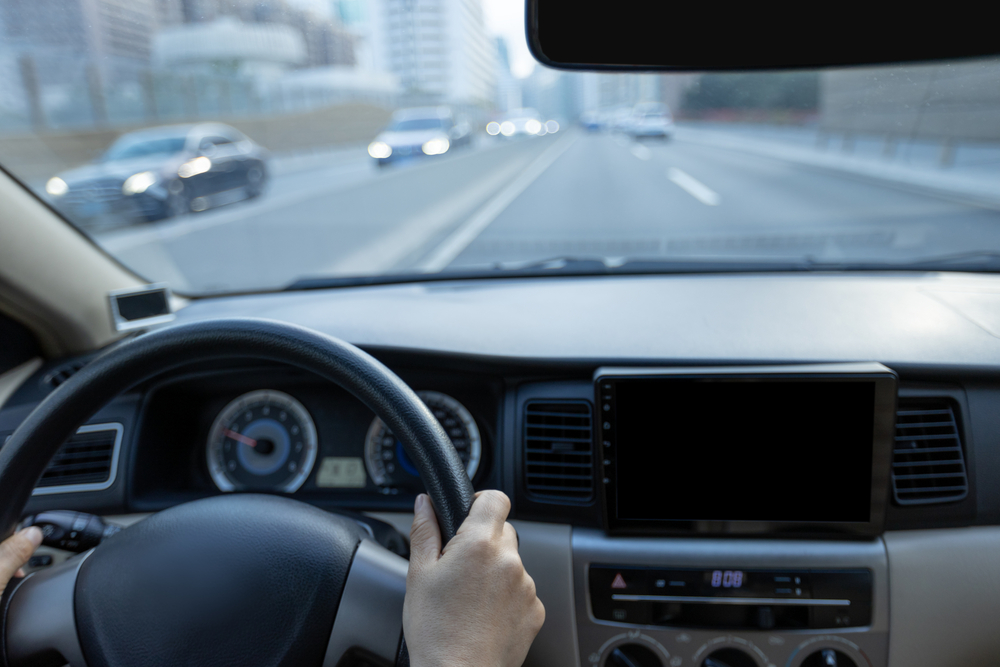
Autonomous vehicles are leveling up and as these vehicles continue to evolve, a new report highlighted the advancements and challenges in vehicle autonomy.
The Society of Automotive Engineers defines levels of automation from 0 to 5, with Level 0 representing vehicles with no automated features and Level 5 describing fully autonomous vehicles requiring no human intervention.
Level 2+ serves as a bridge between Level 2 and Level 3, allowing drivers to take their hands off the wheel in certain situations while still keeping their eyes on the road. Level 3, however, permits hands-off and eyes-off driving, shifting collision liability to vehicle manufacturers. A report from IDTechEx noted that automotive OEMs must ensure their autonomous systems are reliable enough to justify the increased liability costs.
While Level 2+ vehicles can be driven hands-free at normal speeds on highways, IDTechEx emphasized that they require constant supervision. Level 3 allows eyes-off driving but is currently limited to low speeds on motorways, reducing its utility.
Global progressions for autonomy
Level 2 automation is widely available globally, with almost all manufacturers offering it. The uptake of higher levels of automation is growing, with Level 2+ allowed in the U.S. and deployed by Ford in the UK. Mercedes Level 3 models are in use in California, Nevada and Germany, with the UK potentially seeing Level 3 vehicles by 2026. Level 4 Robotaxis are operational in multiple U.S. states and Chinese cities.
Players and Predictions for Level 2+ Autonomy
IDTechEx’s report identified key players in the vehicle automation industry, including Honda, Mercedes and BMW. Honda focuses on safety with features like automotive emergency braking, cruise control and lane keep assist. Level 2+ is expected to be implemented by multiple OEMs to enhance safety and reduce collisions caused by human error.
Mercedes S-Class uses ‘Drive Pilot’ technology in Germany, California and Nevada. Mercedes planned to increase the speed limit for Level 3 systems from 60 kph to 95 kph in 2024. BMW 7 Series, a competitor to Mercedes S-Class, received Level 3 approval in Germany in 2023.
IDTechEx predicted that reduced legislative barriers and liability will make Level 2+ the most feasible option for vehicle automation. Level 3 still needs to prove its worth to manufacturers due to increased liability concerns, it said.
Image credit: Depositphotos.com













Leave a Reply